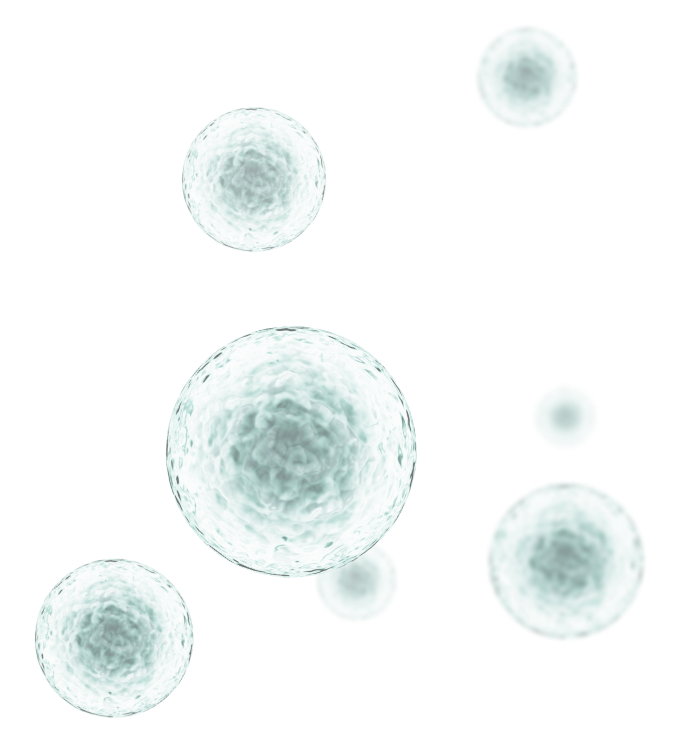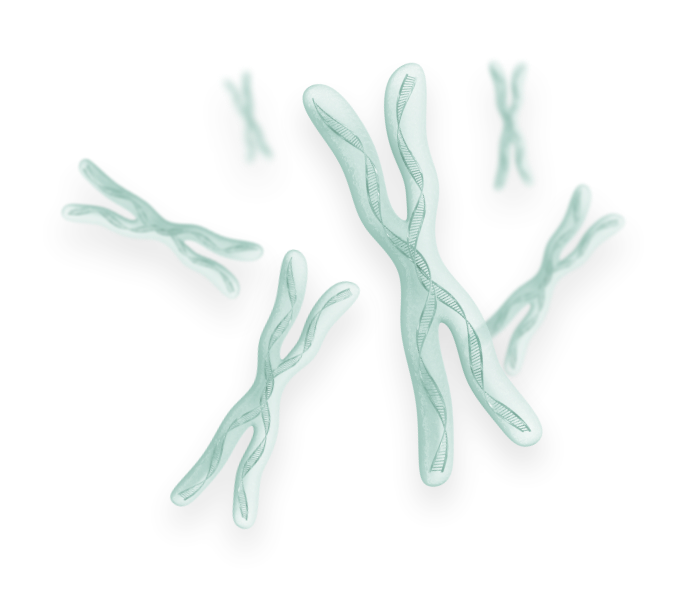Reducing the risk of inherited disease
Reducing the risk of inherited disease
A small number of cells are sampled from embryos, produced using IVF technology, and analysed to predict whether a specific defective gene has been inherited. Juno typically combines more than one advanced method in order to provide highly accurate results.
Most tests are custom designed for individual patients, taking into account their unique genetics. The majority of chromosome abnormalities, responsible for most cases of miscarriage and problems such as Down syndrome, are also detected at no extra cost.
Karyomapping looks at thousands of SNPs on each chromosome. These variations in the DNA are passed on from parents to their embryos. Each copy of a gene is associated with a characteristic group of SNPs, which can be thought of as being like a unique DNA fingerprint for that copy. Juno compares the SNPs in different members of the same family in order to define the pattern of SNPs associated with a mutant gene and the SNP fingerprint that accompanies the normal copy of the gene. Analysis of these patterns in embryo samples allows Juno’s scientists to predict whether the embryo is affected by the inherited condition for which PGT-M was requested.
Autosomal recessive diseases:
‘In this case having only one copy of the altered gene does not mean a person has the disease, just that they are a carrier. To have the condition, both the maternal and paternal copies of the gene must be defective. For recessive disorders, 25% of the offspring will be healthy, 50% will be healthy-carriers and 25% will have the disease.

of the PrePGT[M] cases had been reported within defined turnaround in year 2020
PGTseq-M is for couples who are known to be at risk of transmitting a monogenic disease and wish to reduce the chances of having an affected pregnancy.
In order to design a new PGTseq-M method, it is important that the defective gene causing the inherited disorder has been identified and the mutation in the gene has been characterized.


PGT[M]Seq is for couples who are known to be at risk of transmitting a monogenic disease and wish to reduce the chances of having an affected pregnancy.
In order to design a new PGT[M]Seq method, it is important that the defective gene causing the inherited disorder has been identified and the mutation in the gene has been characterized.

